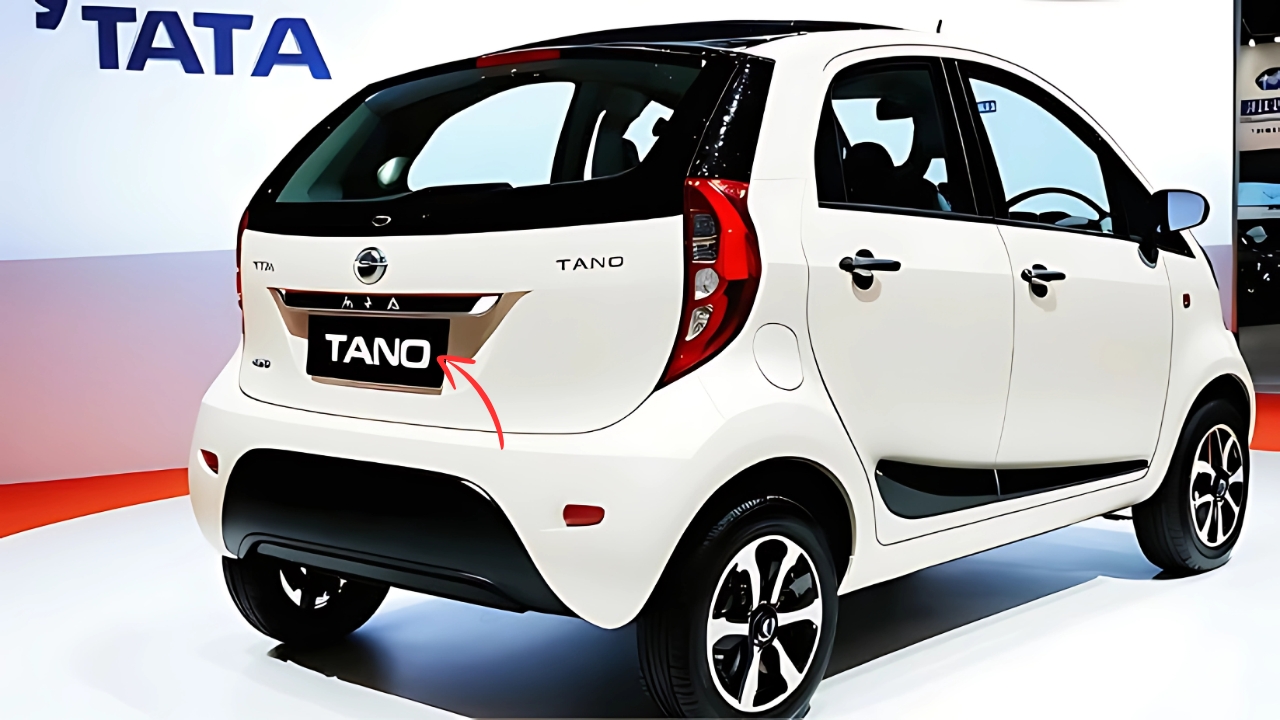New Tata Nano: A Dream Reborn
The Indian automotive industry is abuzz with the news of a potential revival of the Tata Nano, once the world’s cheapest car. After a tumultuous journey, the Nano’s return is being reimagined as an electric vehicle (EV), sparking excitement and curiosity. In this article, we’ll dive into the story of the Tata Nano, its potential rebirth, and what it could mean for the future of affordable mobility in India.
A Brief History of the Tata Nano
In 2009, the Tata Nano burst onto the scene, promising to revolutionize the automotive industry. Priced at just 1 lakh rupees (approximately $2,000), it was an affordable, compact, and fuel-efficient car designed to cater to the masses. However, the market was tougher than anticipated, and the Nano struggled to find its footing.
The Original Nano’s Demise
By 2018, the dream had faded, and the production of the Nano ceased. Despite its innovative design and affordable price, the original Nano faced challenges such as safety concerns, a stigma attached to being the "cheapest car," and limited features.
Rise of the New Nano: An Electric Revival
Fast-forward to 2025, and the automotive landscape has shifted dramatically. Electric vehicles have become a necessity in the face of climate change and dwindling fossil fuel reserves. With this in mind, whispers of the Tata Nano’s return have gained traction, driven by whispers of an all-new, electric-powered version.
What’s in Store for the New Nano?
Speculations abound regarding the potential features and capabilities of the new Nano EV. According to insiders, the likely powertrain promises improved performance and efficiency, with a speculated range of up to 30 kilometers per liter equivalent. This would position the new Nano as one of the most energy-efficient vehicles on Indian roads, a far cry from its humble beginnings.
Design and Features
Concept sketches hint at a more refined, modern exterior, complemented by a digital instrument cluster, an upgraded infotainment system, and even climate control on higher-end trims. Safety features, such as dual airbags, ABS, and the possibility of ADAS (Advanced Driver Assistance Systems) features, will be prioritized.
Pricing and Market Readiness
The original Nano’s 1 lakh rupee price tag was both its greatest strength and weakness. For the new electric version, Tata is expected to strike a delicate balance between affordability and profitability. The speculated starting price range is around 2.5 lakh rupees, with top-end variants possibly reaching up to 4 lakh rupees. This would still make the new Nano an attractive option for first-time car buyers and those seeking an affordable second car for urban use.
Long-Term Implications and Opportunities
The potential success of the new Nano EV is not just about the car itself; it’s about the timing and market readiness. India’s EV market has been growing steadily, with 92,000 units sold in 2023. However, this is still a tiny fraction of the overall automotive market. Tata will need to create a product that appeals to a broad range of consumers, both first-time car buyers and those seeking an affordable, eco-friendly option for urban use.
Conclusion
As we await official announcements from Tata Motors, one thing is clear: the auto industry is watching with bated breath. The rebirth of the Tata Nano could be a game-changer for the Indian market, democratizing electric mobility and paving the way for a range of affordable EVs from various manufacturers. The road ahead will be challenging, but the potential benefits are well worth exploring.

Live News Daily is a trusted name in the digital news space, delivering accurate, timely, and in-depth reporting on a wide range of topics.
